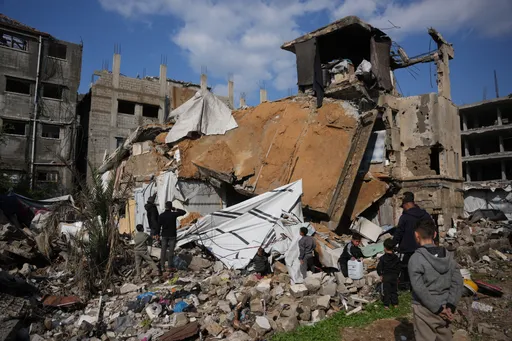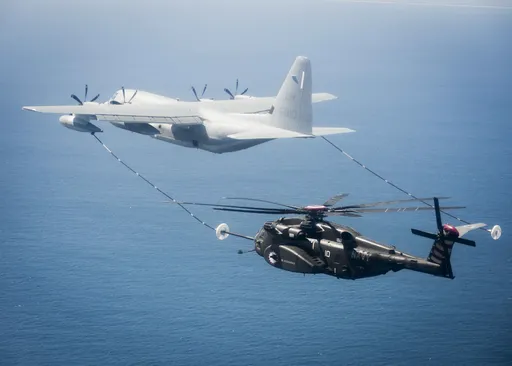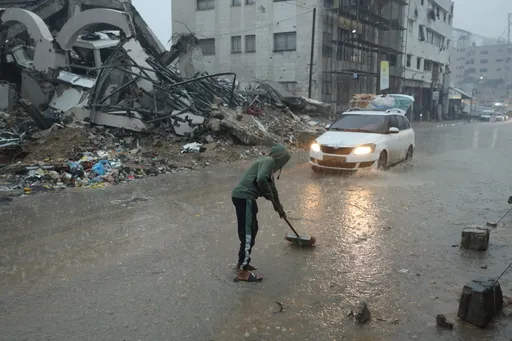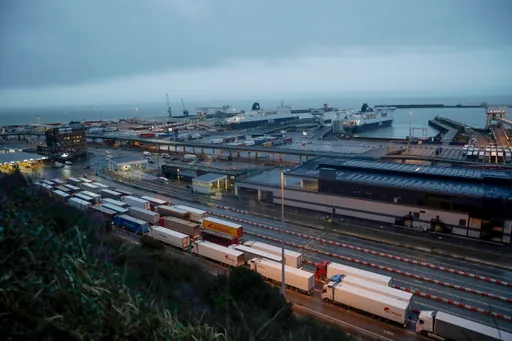This week, Danish investigators concluded that the Nord Stream gas pipelines were damaged by powerful explosions in a deliberate act of sabotage, but haven’t apportioned blame on any country or entity.
Sweden has already said that its preliminary investigation found that damage was the result of sabotage.
Speculation is still rife over who could have benefited by damaging the vital energy pipelines, which crisscross along the Baltic seabed, and were hit in simultaneous attacks in late September.
Military analysts from the region say it’s unlikely the culprit or culprits would be named immediately considering the prevailing tension over the Ukraine conflict.
“I’m sure Swedes are reluctant to share their findings so soon. They don’t want to publish anything before they are sure that they have this smoking gun if it turns out to be Russia,” says Jens Wenzel Kristoffersen, an analyst at the Centre for Military Studies at the University of Copenhagen.
“When the announcements do come out, there’s a possibility that the overall security can get worse in the Baltic Sea, which was formally called the Sea of Peace but as Sweden and Finland approach NATO membership, it’s being called the NATO Sea,” he tells TRT World.
Three of the four Nord Stream gas pipelines, built to transport Russian gas to Germany and onwards to other European countries, have been badly damaged.
A crew of Blueye Robotics, a Norwegian company which specialises in underwater drones, this week released the first footage of one affected section of the Nord Stream 1 pipeline that passed through Sweden’s Exclusive Economic Zone.
“Some parts of the pipe were missing but how much is hard to say” because of the debris and sediment floating around the area, says Trond Larsen, who operated the submersible drone.
“I can say at least 60 metres of the pipe was affected and steel was bent,” he tells TRT World.
There were clear signs of physical activity on the seabed, indicating that Swedish investigators have already been there to collect evidence, he says.
Before the war broke out in February, Russia was Europe’s largest energy partner, helping meet around 40 percent of its natural gas consumption.
In recent months Nord Stream has been shut, triggering energy shortages, hikes in gas bills and putting pressure on leaders in Germany, France, Italy and elsewhere to find alternative heating sources as the winter draws near.
Why not a joint investigation?
Denmark, Germany and Sweden have all carried out their independent probes into the attacks. Initially, there was a proposal to set up a joint investigation team, but Sweden opted out and decided to go its own way.
The Swedish prosecutor's office in charge of the investigation didn’t respond to TRT World’s questions including if they have pinpointed any potential suspect.
The Director General of Stockholm-based Council of the Baltic Sea States, which represents the interest of the countries in the region, also refused to answer why its members have not carried out a joint investigation.
One probable reason could be to avoid Russia, which has insisted that it be made part of the joint investigation team, says Carsten Rasmussen, a retired brigadier general of the Danish military.
“There’s a complete lack of trust between these three Western countries and Russia. They do suspect that Moscow is behind this sabotage,” he tells TRT World.
The Nord Stream gas pipeline system is mostly owned by Russia’s state-run Gazprom. The Kremlin says it has no interest in destroying its own infrastructure and points out that American LNG suppliers have the most to gain from a gas crunch in Europe.
Rasmussen, who served as the Danish military attache for three years in Russia until his retirement a few months back, says the situation has reached a point where it resembles a war yet avoids a conflict.
“Such an attack on the pipelines blurs the military and non-military domains. It is not an act of war. It takes place outside the territories of Denmark and Sweden. But it also shows that explosives were used. So you are as close to an act of war as you possibly can get without actually passing that threshold.”
What happens next?
Until the Danish and Swedish authorities make their entire findings public, it’s hard to say how exactly the sabotage was carried out in a waterbody, which is heavily monitored.
“In my 37 years in the Danish navy I have never experienced something like this,” says Kristoffersen of the University of Copenhagen.
The maritime authorities of the countries located on the rim of the Baltic Sea keep track of shipping vessels passing through.
“But what happens under the sea is obviously hard to find out,” says Kristoffersen.
When it comes to security, European officials had been anxious even before the explosions damaged the Nord Stream pipelines. Now there would definitely be discussions to find ways to protect undersea telecom cables, electricity cables and wind turbines, he says.
“We have seen an increase in drone activity over nuclear plants in Sweden and over offshore wind turbines in Denmark. Who flew those drones is speculative at the moment. But from their size, it’s clear they weren’t hobby drones,” says Kristoffersen.
THUMBNAIL AND HEADLINE PHOTOS: File photos from September 2022. (Swedish Coast Guard via AP)
























